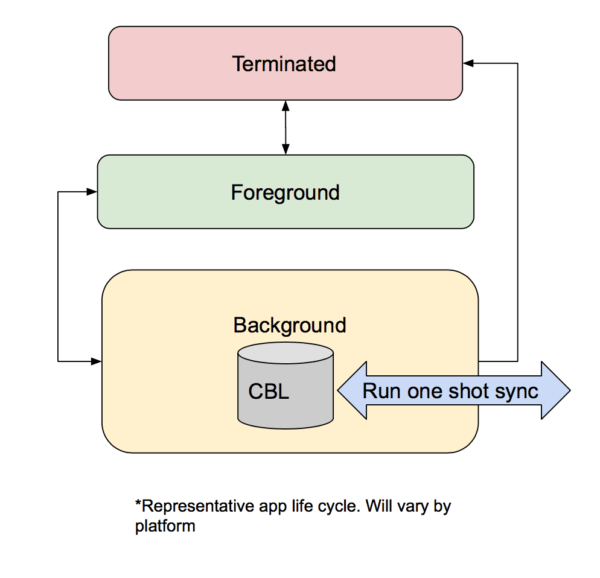Let's push some software.
Modex Blockchain Database (BCDB) is a software product designed to empower businesses by enabling them to develop and deploy blockchain software solutions. Modex BCDB falls into the middleware category, as it positions itself between the client’s software application server and their database. What sets Modex BCDB apart from its competitors is its approach to handling data. From the start, the brains behind this new innovative take on blockchain technology decided to employ a minimally invasive approach, in the sense that companies and enterprises keep their database system intact. Their proposed solution which later took shape in Modex BCDB modifies a set of connectors in order to link the database to a blockchain network, thus significantly enhancing storage capabilities.
Just getting started with Blockchain? Then check out
Blockchain: An Introduction
What Is Modex BCDB?
Modex BCDB is the first middleware solution that manages to be both database and blockchain agnostic. Currently, other solutions present on the market are either blockchain or database agnostic, but not both at the same time. Modex BCDB doesn’t aim to replace the existing database but to improve it by adding a blockchain layer. By situating ourselves between the database component and the client’s software, we ensure a higher degree of security and trust, while giving access to a mechanism through which clients can create their own infrastructure. By adopting a modular design, Modex BCDB becomes truly agnostic in the sense that it to any type of database and blockchain. To push the envelope even further, can connect to different databases at the same time, as a result, clients are not obliged to change their database provider. Through Modex BCDB it becomes possible to build a distributed database network with different database engines. Distributed databases exist for some time, but our system allows developers to combine different databases and distribute them across different database engines. Another unique feature is how the system performs encryption through the master and the user key, as well as the fact that encryption can be performed selectively, at the field level.


